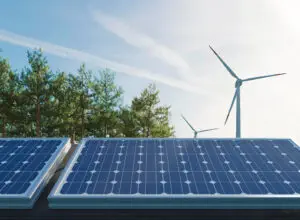 Globally, the electricity sector is shifting from large, centralized grids powered by fossil fuels to smaller and smarter renewable local networks.
Globally, the electricity sector is shifting from large, centralized grids powered by fossil fuels to smaller and smarter renewable local networks.
By: By Soheil Mohseni, Te Herenga Waka — Victoria University of Wellington and Alan Brent, Te Herenga Waka — Victoria University of Wellington
One area of strong interest is “energy arbitrage”, which allows users to buy and store electricity when it is cheaper and sell or use it when the cost is high.
But Aotearoa New Zealand is slow to take this up — even though it is a crucial part of the transition to a zero-carbon future. Why is this?
Small-grid technologies and infrastructure are still in the experimental phase, being tested for effectiveness and desirability of different set-ups, ownership models and commercial arrangements.
And intelligent energy-management systems that can provide a prescient forecast of market dynamics are not used widely.
To better understand these dynamics, we have modelled a theoretical “microgrid” in a residential subdivision, Totarabank, in the North Island of Aotearoa.
We used the model to forecast the expected commercial returns from investing in microgrids and to unlock potential revenue streams from energy arbitrage.
Smart scheduling of batteries
Energy arbitrage requires battery storage and intelligent control to make the most of a local renewable energy system’s generation.
This can be achieved by forecasting short-term future electricity consumption and linking this to the spot power price on the market. Sophisticated real-time controllers then decide if the local system should store or sell to the market (or store and sell later).
Battery storage systems can vary in size, from community-scale batteries supplying a neighbourhood to batteries within a fleet of electric vehicles (EVs). The fundamental controlling processes required to achieve an optimal outcome are broadly the same, except that community batteries are stationary while EV batteries move around.
Community batteries can store electricity purchased from the grid during off-peak periods and then discharge it during peak periods. Neighbourhoods with solar power can charge community batteries in the middle of the day when solar-generated electricity is abundant and discharge during the higher-priced evening peak.
EV batteries can be used similarly, using cheaper night rates or periods of surplus wind during the night to charge. The energy stored in EV batteries can then be discharged into local loads or sold back into the grid when the price is highest, creating an additional revenue stream.
Leave a Reply